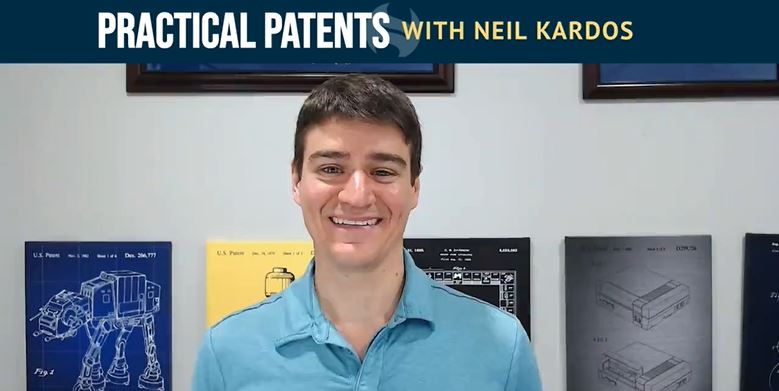Enhancing Claim Readability for a Competitive Edge
Greetings once again, esteemed patent aficionados! We’re back this week with Neil Kardos’ Practical Patent tips, as he shares a valuable tip that can not only enhance the readability of your patent claims but might also bestow a subtle psychological advantage when liaising with a patent examiner.
In the complex field of patent drafting, clarity and precision are paramount. Neil shares a valuable insight into refining the presentation of patent claims. The objective? To make them more reader-friendly and potentially create a positive impression on patent examiners.
Typically, claims are drafted using sizable blocks of text for each step or component. These blocks are neatly separated by semicolons and start on fresh lines with an indent. But what happens when a single step or component spans over four lines or more?
Neil suggests, “If you encounter a step comprising two lines, followed by a ‘wherein’ clause also spanning two lines, it can be cumbersome for readers. Instead of presenting it as a continuous four-line chunk, break it up.” He recommends placing a comma at the end of the first two lines, then initiating the ‘wherein’ clause on a new indented line. This technique breaks the invention down into bite-sized, easily digestible segments.
Possible Psychological Advantage with Examiners
Another potential upside to this approach is its optical effect. The same word count, when spaced out, consumes more lines on paper, possibly giving the impression of a more detailed claim. Kardos, drawing from his experience as a former examiner, expresses skepticism about the weightage of this theory. He says, “In my examiner days, I was mostly hunting for the claimed invention, irrespective of its presentation.” However, if an examiner vacillates about an allowance, and this presentation nudges them towards granting it, then the strategy surely holds merit.
Enhanced Readability Equals Improved Quality
Neil emphasizes that the chief advantage of this technique lies in its improved readability. An easily comprehensible claim not only facilitates the examiner’s job but also ensures that reviewers and inventors can accurately gauge if the invention has been captured aptly.
He concludes, “In the intricate realm of patents, clarity is a boon. By adopting this simple strategy, patent attorneys can significantly enhance the quality and perception of their claims. I genuinely hope practitioners find this tip beneficial.”
Thank you for reading, and we invite you to explore more insights and strategies in the patent field on our Practical Patents blog series. Don’t forget to come back for more tips in the next installment of the Practical Patents Series. Until next time, happy patenting!
Note: This blog post is based on the opinions and observations of the author and should not be considered legal advice. Consult a qualified patent attorney for specific guidance on patent application drafting.
Want more tips? Check out other Practical Patents videos with Neil Kardos here!

